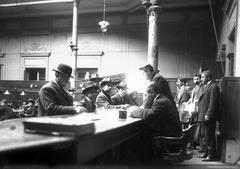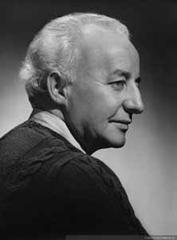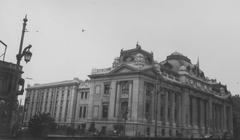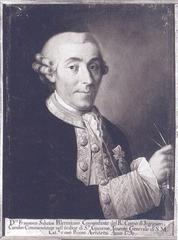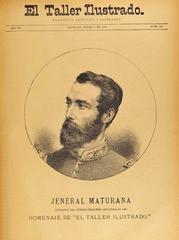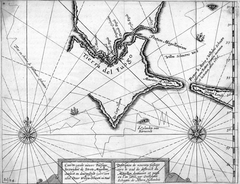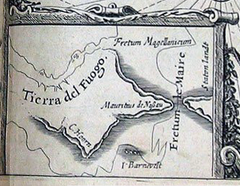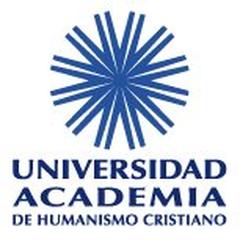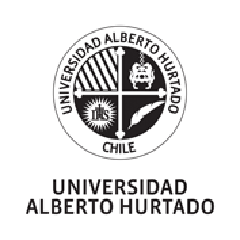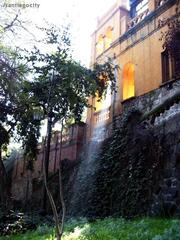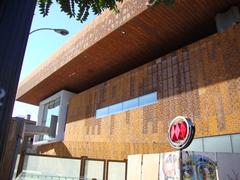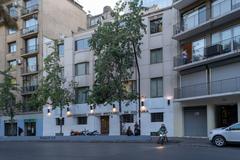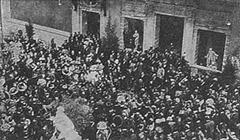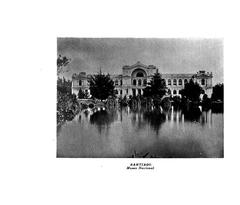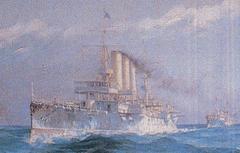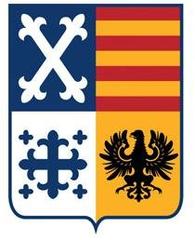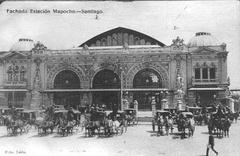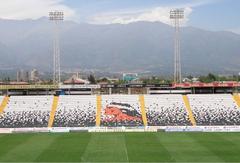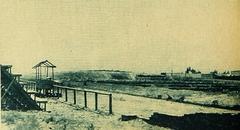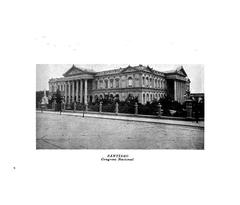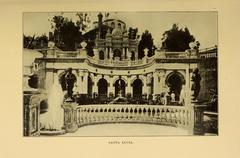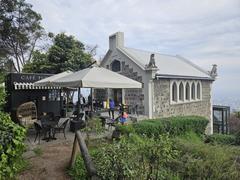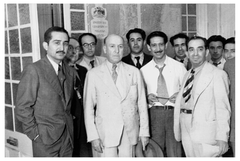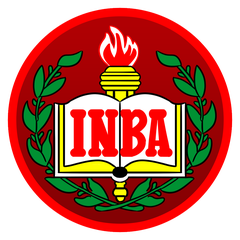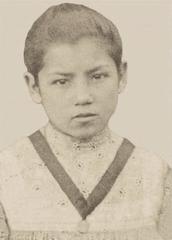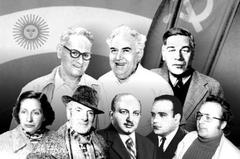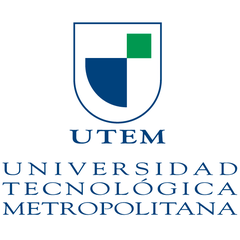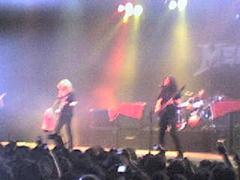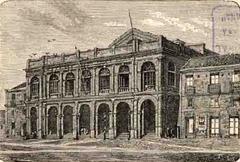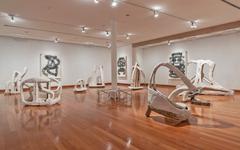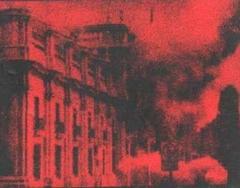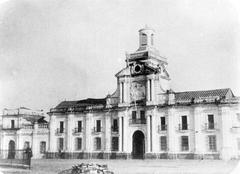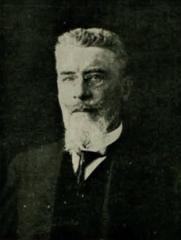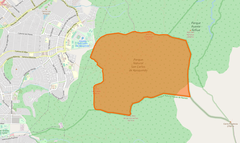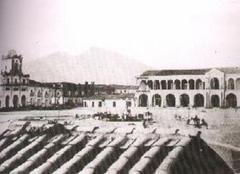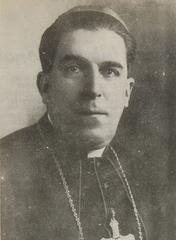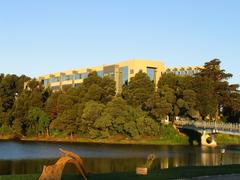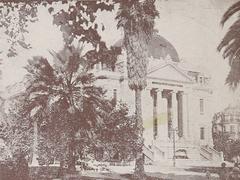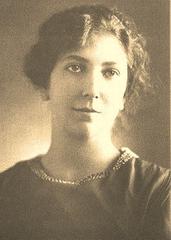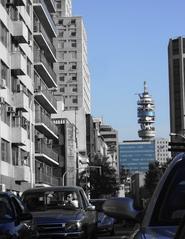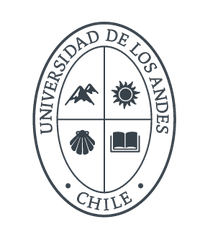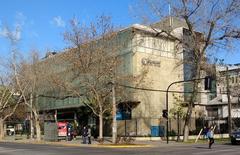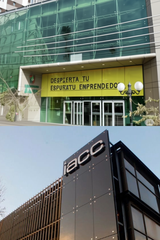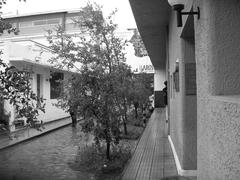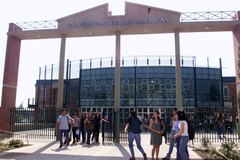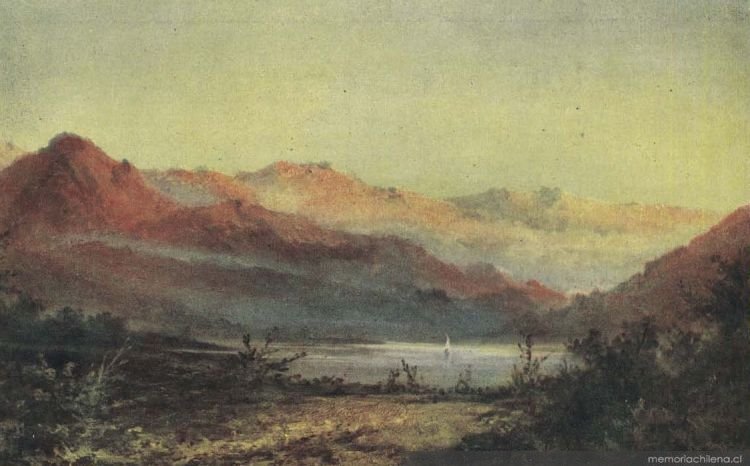
National Library of Chile, Santiago: Visiting Hours, Tickets, and Historical Significance
Date: 14/06/2025
Introduction
The National Library of Chile (Biblioteca Nacional de Chile), located at Avenida Libertador Bernardo O’Higgins 651 in central Santiago, is a premier cultural and historical institution. Founded in 1813, just after Chile’s independence, it stands as a testament to the nation’s dedication to preserving knowledge, fostering education, and promoting civic values. With over 3.5 million bibliographic items, the library is both a vibrant cultural hub and a guardian of Chile’s collective memory, safeguarding manuscripts, newspapers like Aurora de Chile, rare first editions, and archives documenting pivotal moments in Chilean history—including challenging periods such as the Pinochet regime.
Housed in a French Neoclassical building inaugurated in 1925, the National Library of Chile offers visitors an immersive blend of architectural grandeur and intellectual heritage. Accessible and centrally located next to the Santa Lucía metro station, it is an essential stop for any visitor interested in Chile’s culture, history, or literature. The library regularly hosts guided tours, exhibitions, and cultural events, deepening the visitor experience. Entry is free, and the institution is committed to accessibility for all.
This guide presents everything you need to plan your visit: from a detailed look at the library’s history and collections to up-to-date visitor information, accessibility features, architectural highlights, and recommended nearby attractions. For the most current updates, always refer to the official website.
Table of Contents
- Introduction
- History and Cultural Significance
- Architectural and Artistic Highlights
- Collections and Intellectual Legacy
- Visitor Information
- Getting There
- Nearby Attractions
- Frequently Asked Questions (FAQ)
- Conclusion
- References
History and Cultural Significance
Origins and Foundation
Founded in 1813, the National Library of Chile is among Latin America’s oldest cultural institutions. Emerging as part of the young republic’s drive for education and civic progress, the library has played an essential role in shaping Chilean national identity. Its archives reflect the country’s multicultural roots and document the lives and works of prominent Chilean writers, politicians, and artists (Biblioteca Nacional de Chile).
Guardian of National Memory
Beyond storing books, the library is the custodian of Chile’s collective memory, particularly vital during times of political upheaval and censorship. Its extensive archives include government records, personal correspondence, photographs, and audiovisual materials, supporting critical reflection and historical dialogue. Digitization initiatives aim to restore and protect endangered works, ensuring ongoing access for future generations (Museo de la Memoria y Derechos Humanos).
Center for Cultural Exchange and Education
The library hosts exhibitions, lectures, book launches, and workshops, welcoming a diverse audience from schoolchildren to international scholars. Its educational programs and outreach encourage lifelong learning and inclusivity, with special efforts to reach underserved groups and foster cultural exchange (South America Travel Guide).
Architectural and Artistic Highlights
The building, designed by Ricardo Larraín Bravo and inaugurated in 1925, is a masterpiece of French Neoclassical architecture. Key features include:
- Grand façade: With imposing columns and arches facing Avenida Libertador Bernardo O’Higgins.
- Ornate interiors: Marble staircases, stained-glass skylights, and soaring domed ceilings.
- Murals and artwork: Notable works by Alfredo Helsby and Arturo Gordon grace the reading rooms.
- Sala Medina: An elegant hall housing rare and valuable collections.
These elements make the library a visual feast and a monument to Chile’s early 20th-century aspirations (Biblioteca Nacional de Chile).
Collections and Intellectual Legacy
The library’s holdings include over 3.5 million items: books, manuscripts, newspapers, periodicals, maps, photographs, music scores, and digital archives. Noteworthy collections feature works by Nobel laureates Gabriela Mistral and Pablo Neruda, as well as the archives of Andrés Bello and José Toribio Medina. The library also preserves Chile’s musical, theatrical, cinematic, and visual arts legacies.
The Memoria Chilena digital resource center offers thematic research materials and provides online access to over 1.1 million records and approximately 165,000 digitized items (chile-travel-and-news.com).
Visitor Information
Visiting Hours and Tickets
- Monday to Friday: 9:00 AM – 7:00 PM (last borrowing at 6:45 PM)
- Saturday: 9:10 AM – 2:00 PM (last return at 1:45 PM)
- Closed: Sundays and public holidays
Admission is free for all visitors. Special exhibitions or guided tours may require advance registration or have limited capacity, so check the official website for updates.
Accessibility
The library is equipped with ramps, elevators, and accessible restrooms to accommodate visitors with reduced mobility. Service animals are welcome, and staff are available to assist guests with special needs.
Guided Tours and Special Events
Regular guided tours are offered, mainly in Spanish, with English tours available by prior arrangement. Tours cover the library’s architecture, collections, and history. The library also hosts rotating exhibitions, lectures, and cultural events—consult the events calendar for details.
Facilities and Services
- Reading rooms and study areas: Quiet spaces with desks, free Wi-Fi, and digital access points.
- Cloakroom/Lockers: For storing large bags and personal items.
- Restrooms: Accessible and well-maintained.
- Nearby cafés: Several options in the adjacent Barrio Lastarria.
Practical Tips for Visitors
- Language: Most signage is in Spanish; basic Spanish phrases or a translation app will be helpful (Lonely Planet).
- Wi-Fi: Free in public areas.
- Food and Drink: Not allowed in reading rooms or exhibition spaces.
- Dress code: Casual but respectful.
- Children: Family-friendly environment; children should be supervised.
- Security: Lockers are available; keep valuables secure and be mindful in crowded areas (Worldly Adventurer).
Getting There
The National Library’s central location makes it easy to access:
- Metro: Santa Lucía station (Line 1, Red Line) is adjacent to the library.
- Bus: Multiple lines stop along Avenida Libertador Bernardo O’Higgins.
- Taxi/Rideshare: Widely available; use registered services, especially at night (Roam and Thrive).
- Parking: Limited nearby; public transport is recommended.
Nearby Attractions
Enhance your visit by exploring these nearby Santiago sites:
- Cerro Santa Lucía: Historic hilltop park with city views.
- Barrio Lastarria: Lively neighborhood with cafes, galleries, and nightlife.
- Museo Nacional de Bellas Artes: Showcasing Chilean and international art (Worldly Adventurer).
- Museo Chileno de Arte Precolombino: Dedicated to pre-Columbian art.
- Santiago Metropolitan Cathedral: The main cathedral, a short walk away.
- Centro Cultural Palacio La Moneda: Modern cultural center accessible via metro.
Frequently Asked Questions (FAQ)
Q: What are the National Library of Chile’s opening hours?
A: Monday to Friday, 9:00 AM to 7:00 PM; Saturday, 9:10 AM to 2:00 PM; closed Sundays and public holidays.
Q: Is there an admission fee?
A: No, entry is free for all visitors.
Q: Are guided tours available in English?
A: Yes, but advance booking is required.
Q: Is the library accessible for visitors with disabilities?
A: Yes, with ramps, elevators, and accessible restrooms.
Q: Can I take photographs inside the library?
A: Yes, in public areas; flash and tripods are not allowed. Restrictions may apply in some exhibitions.
Q: How do I access special collections or borrow materials?
A: Register as a library member with valid ID (passport for foreigners).
Q: Are food and drinks allowed?
A: No, except in designated café areas outside the reading rooms.
Summary Table: Key Visitor Information
| Feature | Details |
|---|---|
| Location | Av. Libertador Bernardo O’Higgins 651, Santiago |
| Nearest Metro | Santa Lucía (Line 1, Red Line) |
| Hours | Mon–Fri: 9:00–19:00; Sat: 9:10–14:00; Closed Sun & holidays |
| Admission | Free |
| Accessibility | Wheelchair accessible, elevators, accessible restrooms |
| Wi-Fi | Free in public areas |
| Guided Tours | Available (mainly Spanish; book in advance for English) |
| Lockers | Free for large bags |
| Nearby Café | Multiple options in Barrio Lastarria |
| Website | bibliotecanacional.gob.cl |
Conclusion
A visit to the National Library of Chile is an enriching journey through the nation’s cultural and intellectual heritage, set within a stunning architectural landmark. With free admission, comprehensive accessibility, and a prime downtown location, it is an essential destination for anyone seeking to understand Chile’s past and present. For the latest information, check the official website before your visit. Enhance your experience by exploring nearby historic sites and utilizing resources like the Audiala app for audio guides and interactive maps.
References
- Biblioteca Nacional de Chile
- Museo de la Memoria y Derechos Humanos
- South America Travel Guide
- Worldly Adventurer
- Roam and Thrive
- Lonely Planet
- chile-travel-and-news.com
- LIS Edunetwork
- trek.zone
- On My Canvas

